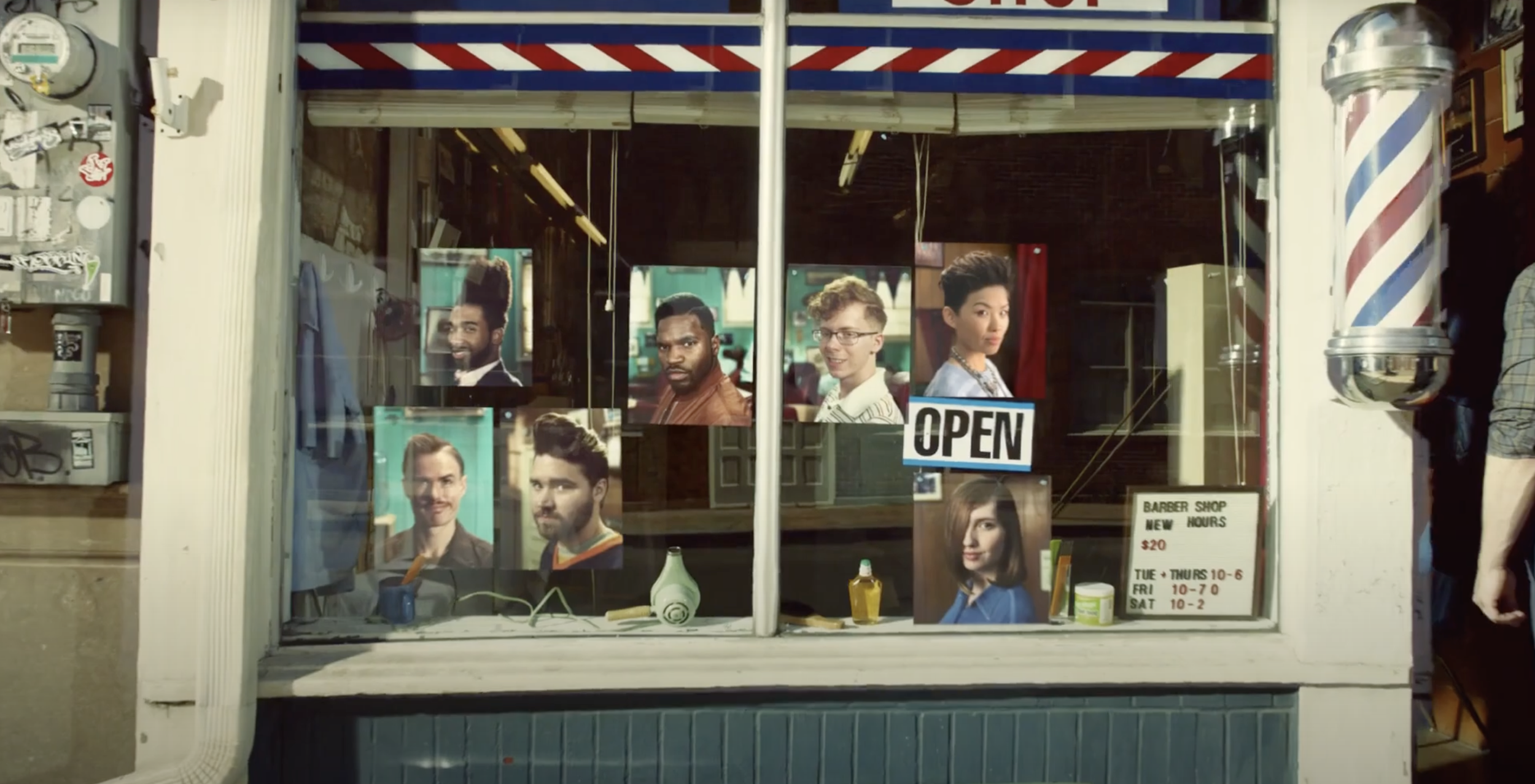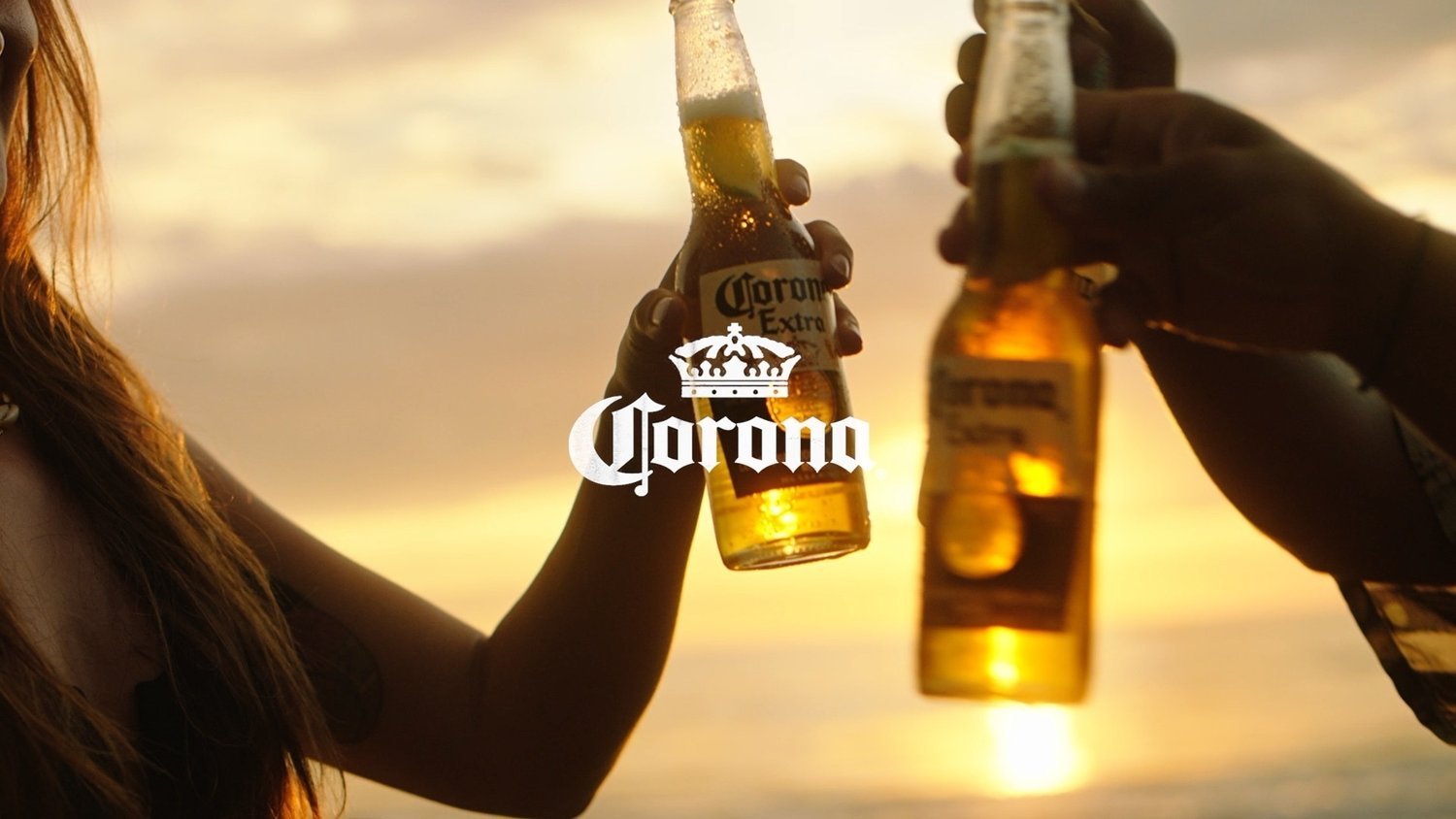Pass the Aux: Choosing the Right Song in Advertising
by Mike Stango, Director, Global Brand Partnerships + Client Success
This article was originally published in ANA Magazine.
Think of your favorite TV or social ad. Now think of that ad without its music. Hits different, right? Whether it's a reimagined jingle, licensed popular song or something entirely new and owned by the brand, music is an essential part of any ad campaign to evoke emotion like no other sense can. A study by Sentient Decision Science found that the emotional response to sound is 86% correlated with a consumer’s desire to engage or avoid an experience. That’s because people think about what they see, but they feel what they hear — influencing our opinion of a brand at a subconscious and emotional level.
So we know your choice of music in an ad can make or break it. But with the overwhelming amount of options available, how can you decide what music is best for your brand?
Let’s break down the three most common musical approaches brands take — and why the smartest advertisers think beyond the obvious.
Licensing Popular Music
Cultural Credibility, High Cost
The first option that often comes to mind is licensing popular music. Using an existing song for an ad allows brands to quickly insert themselves into culture and connect with an artist’s fanbase. The benefits? If it’s a well-known track: instant recognizability, recall and emotional connection, with potential for brand association if the music is strategically curated. Apple is well known for using popular licensed music in their ads over the years, and has even had the ripple effect of helping a number of artists become popular through their commercial use. Their campaign using William Onyeabor’s “Fantastic Man” introduced a generation of listeners to an obscure Nigerian synth-funk pioneer — turning a deep cut into a cultural moment:
“Barbershop” (Apple) featuring licensed track “Fantastic Man” by William Onyeabor
The radio hits are always a good reference point, to be sure. Many of our clients have referenced major artists as we create their brand sound — something that sounds “like early Dolly Parton” or a more recent one: “bold and empowering like Chappell Roan.” But if you want your favorite artist to play backup on your next ad campaign, you could be in for some sticker shock: obtaining licenses from copyrights holders can be both expensive and cumbersome. It's important for your brand or music partner to understand the different types of commercial music licenses, and how needs may vary across regions and touchpoints. Brands that use popular music on TikTok and Instagram have faced headline-making legal setbacks for not having the right commercial license for use on brand channels. Plus, using a licensed track doesn’t always deliver brand impact or attribution in the long run. While it may be on-brand, the track you select won’t be owned IP for you to build into your brand’s foundation.
Re-records and Adaptations
Familiarity with a Twist
I bet David Paton of Scottish band Pilot never imagined his 1974 song “Magic” would take on a new life almost fifty years later in a diabetes commercial. But that is just what happened when Ozempic re-recorded “Magic” and replaced it with the name Ozempic — now an earworm that has landed the brand name in our collective brains. The ads introduced the song to a new generation, while Baby Boomers who knew the original song would subconsciously think of the word “Magic,” helping to underline the brand's transformative promise.
When brands re-record a popular song, they’re are hoping to tap into a current trend or a sense of nostalgia so that consumers immediately feel connected to it. This past Super Bowl, Mountain Dew had Seal singing an interpretation of his hit “Kiss from a Rose” with the lyrics changed to “Kiss from a Lime,” featuring Seal himself as a Seal. The ad drew both eyes and ears along the way, making a cultural splash in a spotlight moment.
“Buy U a Frosty” (Wendy’s) featuring a re-record of T-Pain’s “Buy U a Drank”
Other brands have also tapped into the original artists to re-record their hits for jingles. Wendy’s worked with T-Pain to remix his song “Buy U A Drank” into “Buy U a Frosty,” and Pepperidge Farm’s Goldfish commissioned Lisa Loeb to redo her 90’s song “Stay” as an ode to Old Bay Goldfish. But when using the actual artist to re-record, it's important that both the song and the artist represent what the brand stands for.
Original Music
Maximum Control, Maximum Impact
For a completely ownable sound and maximum long-term impact, many brands opt to have a custom original track that’s made just for them. This ensures the brand has something completely unique, ownable, and exclusive. After all, when using a licensed track there is always the possibility that another brand will license the same track, erasing any equity you’ve already built.
For example, Corona had been licensing a track for its international campaigns, But despite years of use, the song was expensive to license, provided low attribution and wasn’t exclusive to AB InBev. They opted in for an original brand theme and sonic logo, introduced across global markets in 2023, that acts as both a bespoke audio signature and a powerful memory trigger. The melody was played by musicians from all over the world and recorded the old-fashioned way: real instruments played live with analog gear, instantly capturing Corona’s natural and authentic brand personality.
Corona (Global)’s original Brand Theme
When you work with a music partner or sonic branding agency, brands can dictate what the sound should feel like and customize the vibe, adding to an increase in appeal and attribution. Not to mention, once the song is owned, it can be used exclusively across all customer touchpoints, all geographic regions and can be translated into multiple languages — no legal headaches included.
There are many options out there when it comes to curating music for advertising. Whether you’re looking for quick familiarity with a radio favorite or long-term impact with an original track, it’s important to know what your options are, and how they align with your brand goals. After all, the last thing you want is consumers singing a different tune.




